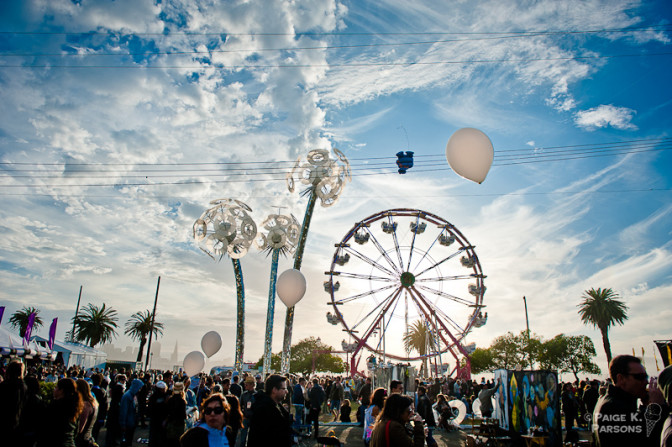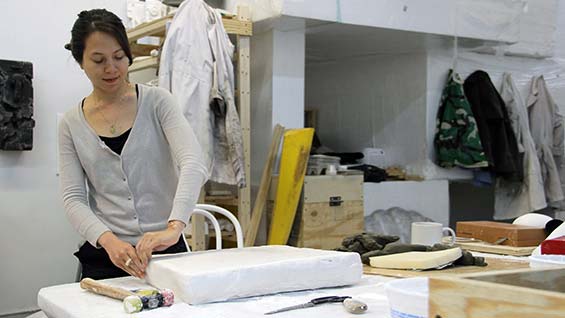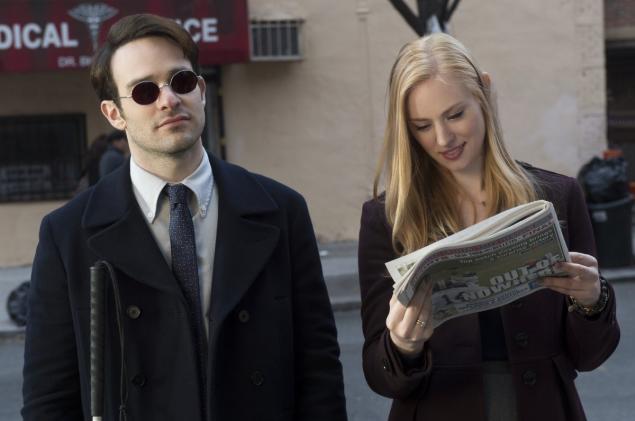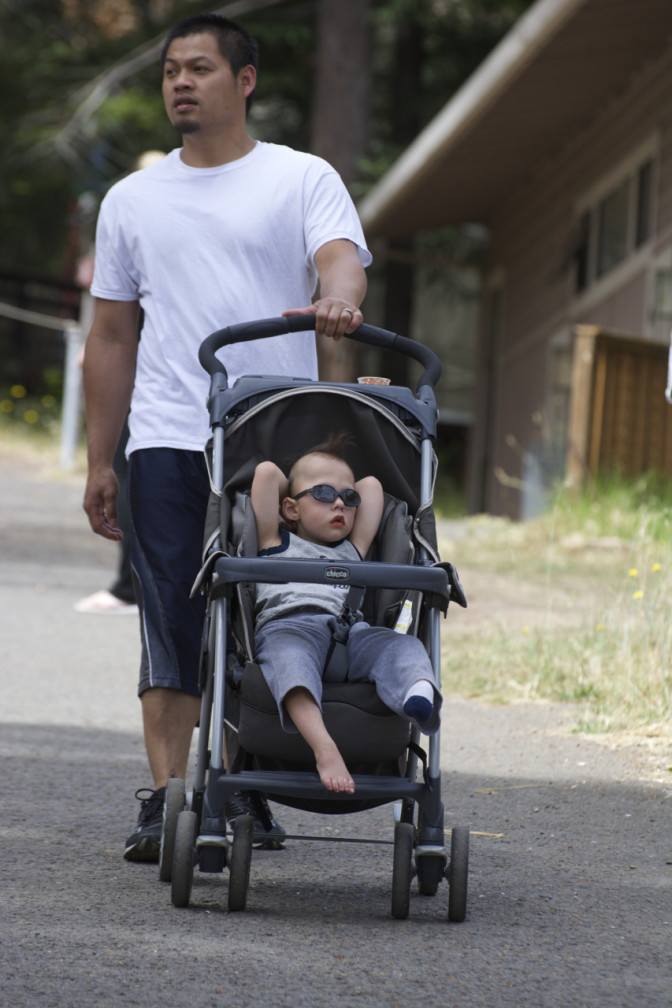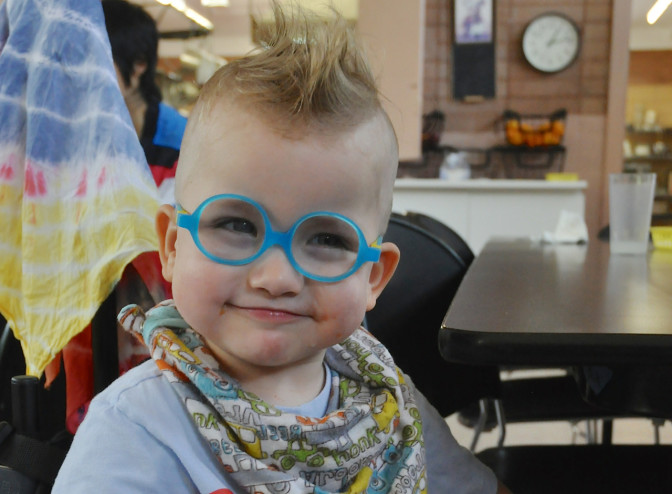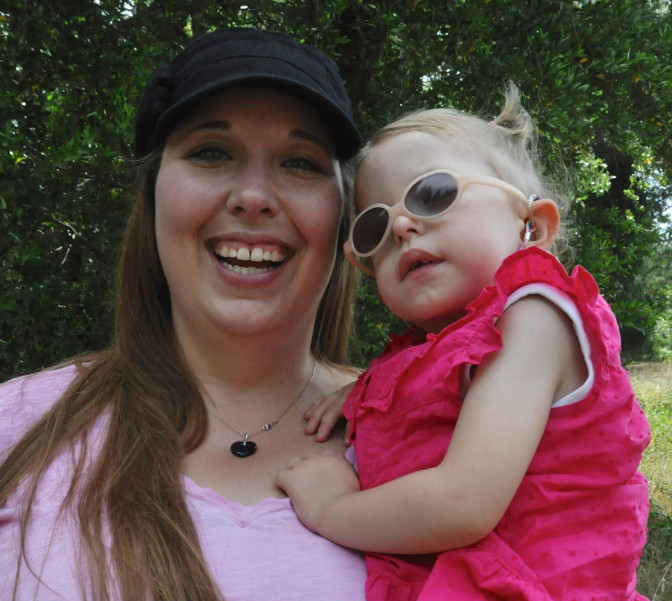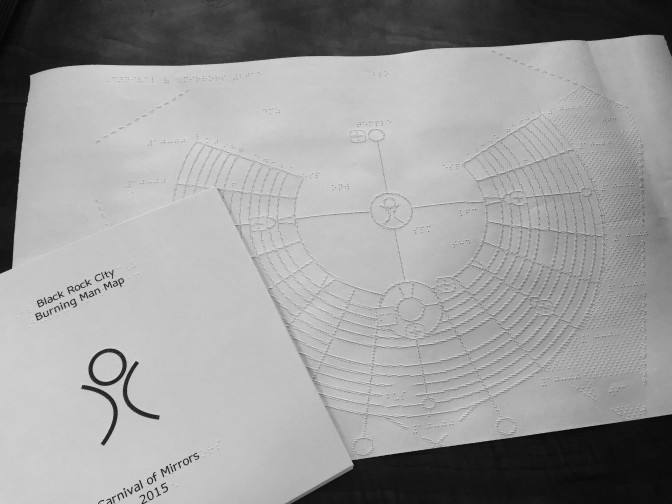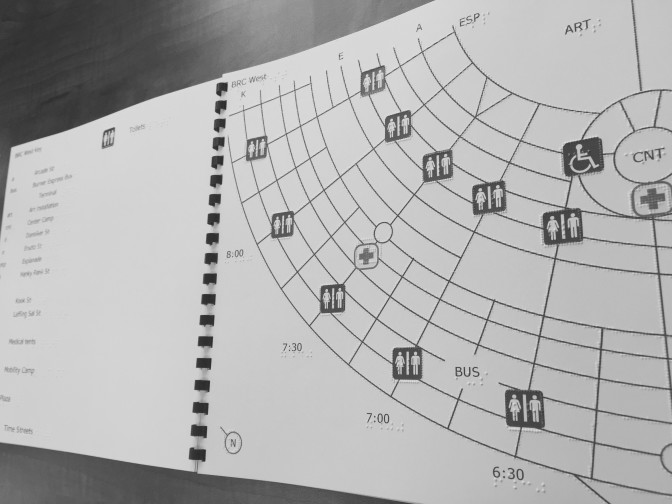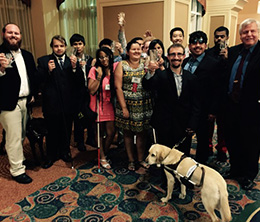
Of the nearly twenty of us assembled at SFO airport, some had been attending these types of conferences for decades, some only a few years, while others had never even stepped foot on an airplane. It was the 4th of July, and I couldn’t help but wonder if on our way to Florida there’d be fireworks popping just outside of the plane window. It was these and other idle questions that the group of about a dozen visually impaired teenagers were mulling over as they got ready to take off for a week at their first-ever convention of blind individuals.
The LightHouse youth group, led by fearless leader Jamey Gump, represented a broad mix of backgrounds and experiences. They ranged from age 16 to 20, some attending public school while others were enrolled at the California School for the Blind in Fremont. Among them were aspiring lawyers, tech trainers, musicians and writers. They all hailed from California — everywhere from the foggy Sunset of San Francisco, the inner city of Sacramento, to the Southern Californian suburbs. Some had been preparing since early childhood for imminently changing vision; taking braille lessons and learning blindness skills in tandem with all the other studies of growing up. Others appeared to be less acclimated, perhaps a little less confident with their status as a blind person, though they all had some common qualities as well. They were the adventurous, the open-minded; the teens and young adults willing to fly all the way across the country to find out what it meant to be a part of a growing, global community of blind individuals.
Jamey Gump takes the LightHouse youth to conferences and events all year round, and so this summer he chose to bring the group to the National Federation of the Blind’s Annual Convention, The week-long affair is the largest of its kind, and carries with it a staunch political agenda, emphasizes fierce independence, and works to instill pride in its members. With almost 3,000 attendees, the convention — like so many conventions — can be experienced on multiple levels, whether it’s simply wandering from room to room, sailing through the sea of white canes and dogs, or engaging critically with the policy and membership activities the organization has to offer. Some people, it seems, are simply there to party, taking advantage of the affordable opportunity to kick back in an environment where, instead of being viewed as an outlier or an oddity, they blend in perfectly. That, to many, is an oasis to look forward to every year. Jamey’s group members, though, were there as students.
Disembarking at the massive Orlando airport, even at 1 a.m., the humidity is the first thing that gets your attention. There’s something heavy and urgent about it, pushing you towards the indoors, into the haven of air-conditioned environments built not just for shelter, but total habitation. It was immediately obvious that no one would be leaving the hotel. But for the ensuing week, there was almost no reason to step outside the doors of the Rosen Center anyway.
For starters, there were seminars, speeches, and official business that introduced our students to a whole new world of education, tools, attitudes, and advocacy that they never knew existed. In one room, the makers of the KNFB Reader demonstrated how to read any print book out loud with a simple app on your phone. In another room, musicians and performing arts professionals gathered to share their resources. These were everyone from old school piano tuners to production professionals preaching the merits of ProTools. In still other exhibit halls all along the gargantuan hotel, divisions of young lawyers, educators, and students each met to discuss the topics that motivated them and propelled them forward. Depending on their unique interests, our students were able to pick and choose the seminars which excited them most — to see what it would take to become a teacher, an artist, or an attorney.
Up the escalators and across the catwalk to another building was the Independence Market. A trade show for tools, tech, and even apparel revolving around adaptation and blindness, this is where you could find blind folks wandering like kids in a candy store throughout the week. Here you could browse all the various reading tools, special earbuds and headphones, hi-tech and low-tech alike. Jamey walked out with a t-shirt printed with the blithe public service announcement: “Keep Calm, It’s Just A Cane.”
Starting Wednesday and throughout the following three days, the entire convention met in the grand ballroom. Those talks had a much more unifying tone, seeking to deliver big messages and shore up any doubts that the blindness community is a powerful and influential one. Our youth diligently sat through hours of lecturing, three days in a row, taking in speeches by everyone from Google futurist Ray Kurzweil, new NFB President Mark Riccobono, Massachusetts Attorney General Maura Healy, and Target.com Vice President Alan Wizemann.
Then came Serena Olsen, who was closer in age to any of us than probably most people on the stage. Olsen was asked to speak to tell her story of not only living abroad and taking blindness international, but about doing it as a member of the Peace Corps. Olsen has spent the last year in Kyrgyzstan, the former Soviet nation in central Asia known mostly in the West for its place on the global “Least Developed Countries” list. Olsen has been living, working, and teaching in the Kyrgyz Republic, redefining her own sense of herself as a blind person as she faces each new obstacle (which you can read about in detail on her blog, Blind Broad Abroad). She also brought along Hayot, a young lady from Kyrgyzstan for whom she was able to fund a summer in America. Hayot is currently working as a counsellor at Enchanted Hills Camp; more on that later.
These speeches were the types of powerful experiences you’d never get in everyday life. In addition to these “big room” experiences, the LightHouse also made sure to arrange some special “small room” experiences of our own. That meant a networking dinner with a select group of mentors: rockstars like Hoby Wiedler who’s earning his PhD in chemistry and leads wine tastings at Francis Ford Coppola Winery; or disability rights attorney Haben Girma, the first deaf-blind graduate of Harvard Law School, who recently introduced President Obama at the White House. Talking one-on-one to these peers and role models made a huge impact on the teenagers, and showed them not only that there are great blind people out in the world, but that they also are interested and engaged with the what young people have to say, ready to exchange advice on a peer level.
As one of our students in the youth group put it after the convention, “It made me feel like a part of something, much bigger than just a blind kid: a blind kid that was part of a blind family that is spread throughout the country. Being in an environment where there are over 2,000 blind people was a new experience for me; that felt very different from a normal day in San Francisco.”
To reach youth leader Jamey Gump, or to sign up for our Youth Events List, email jgump@lighthouse-sf.org.
Email the author at communications@lighthouse-sf.org.
